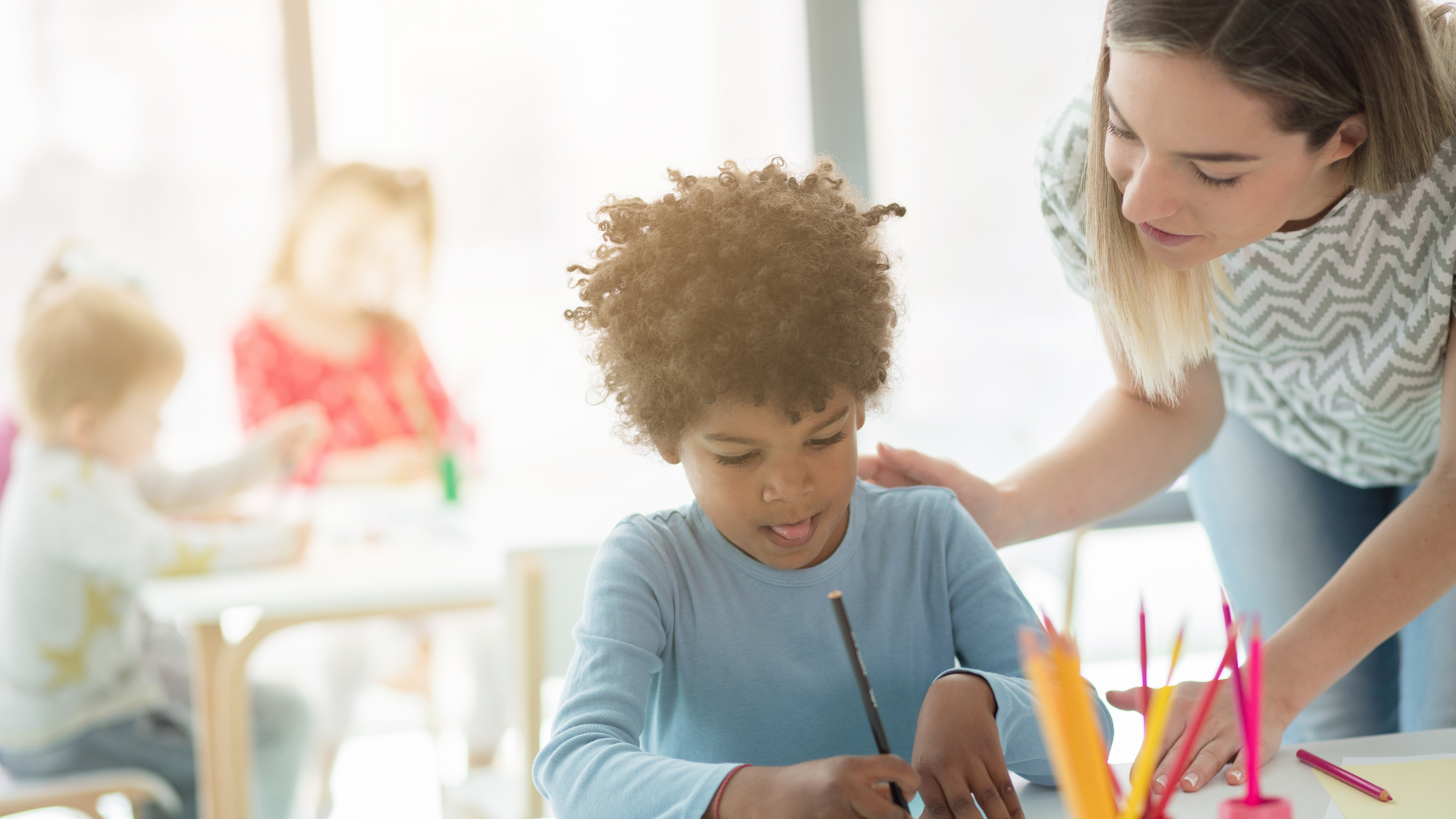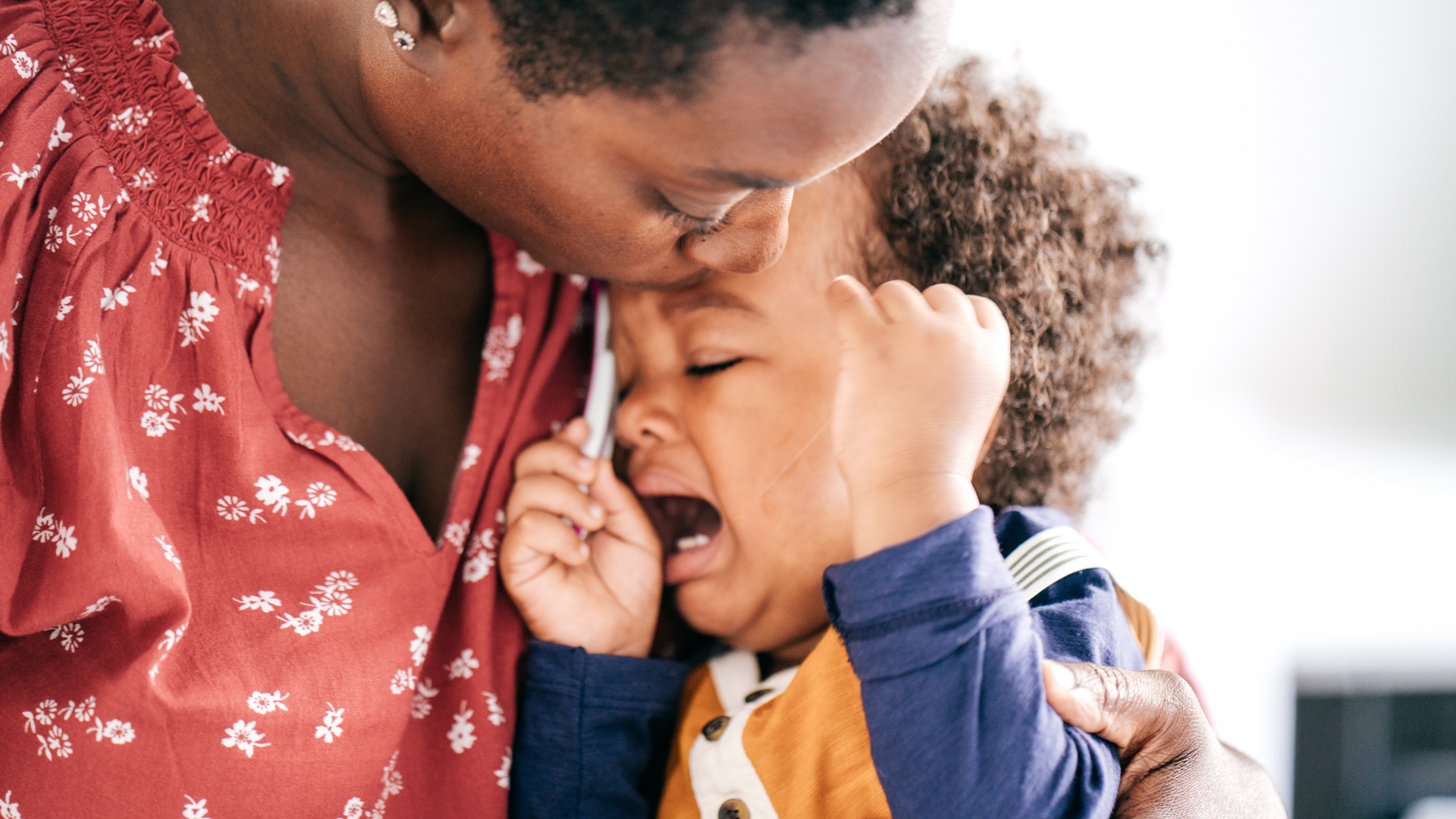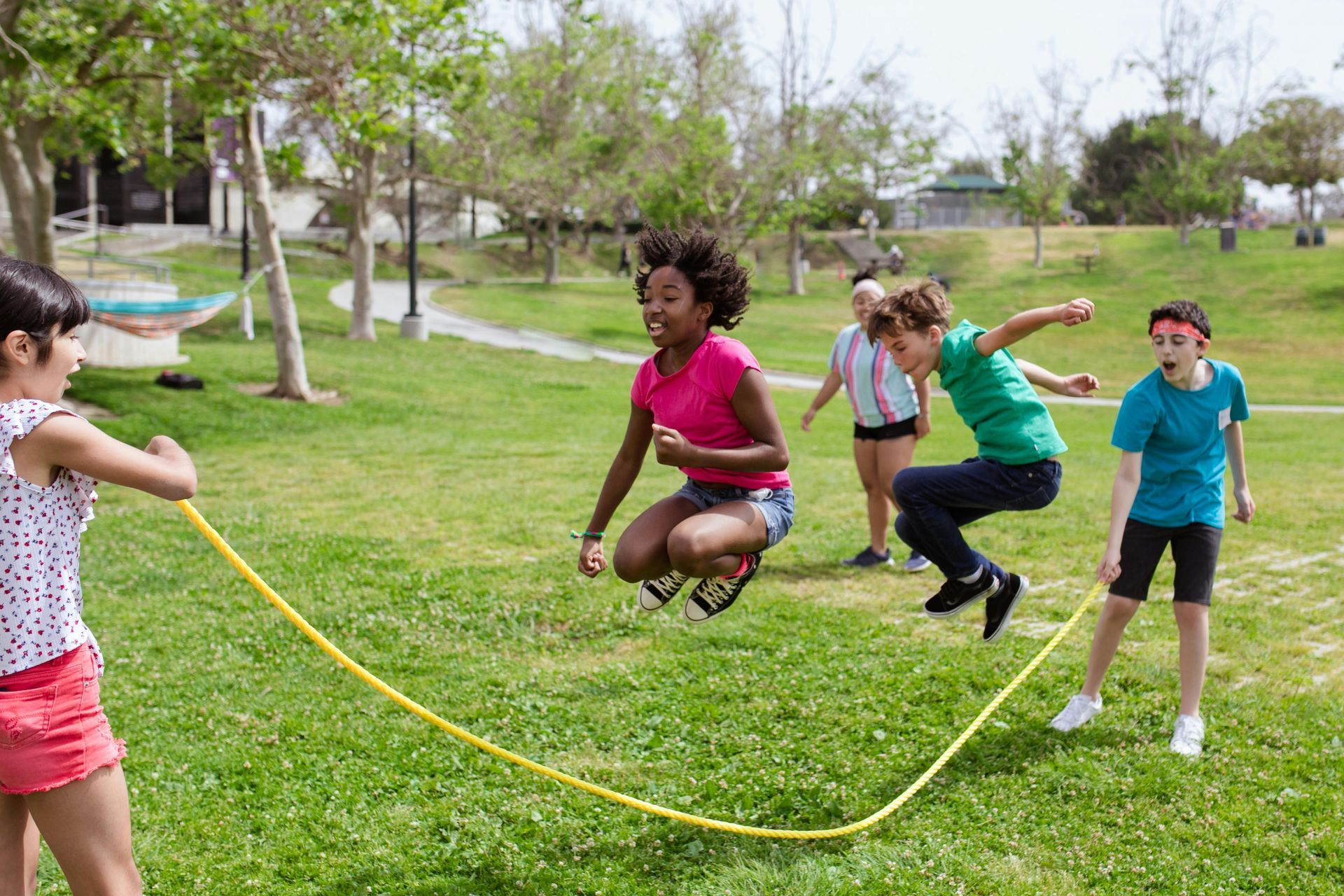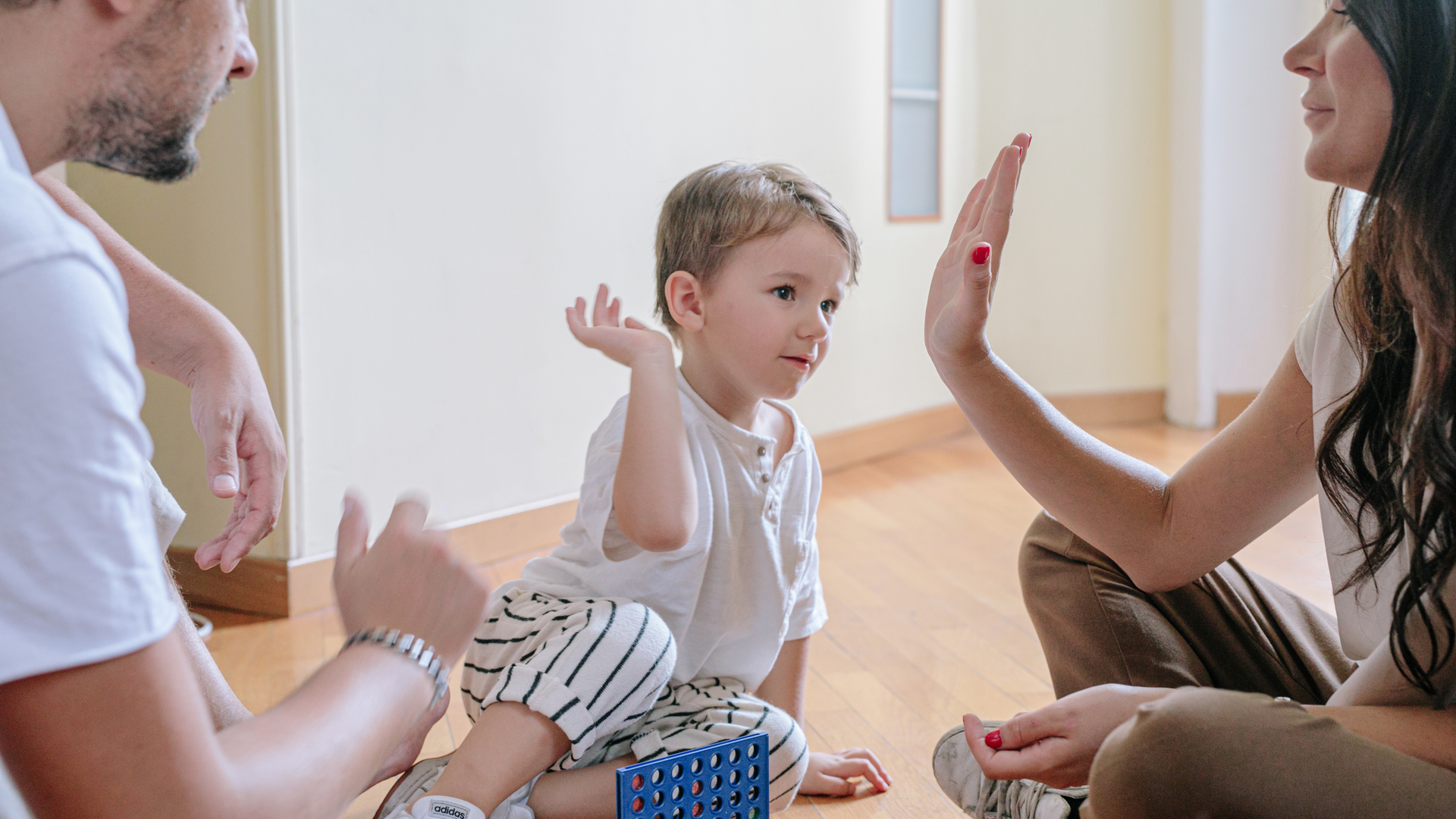5 Sensory Play Ideas You Can Set Up in 5 Minutes or Less
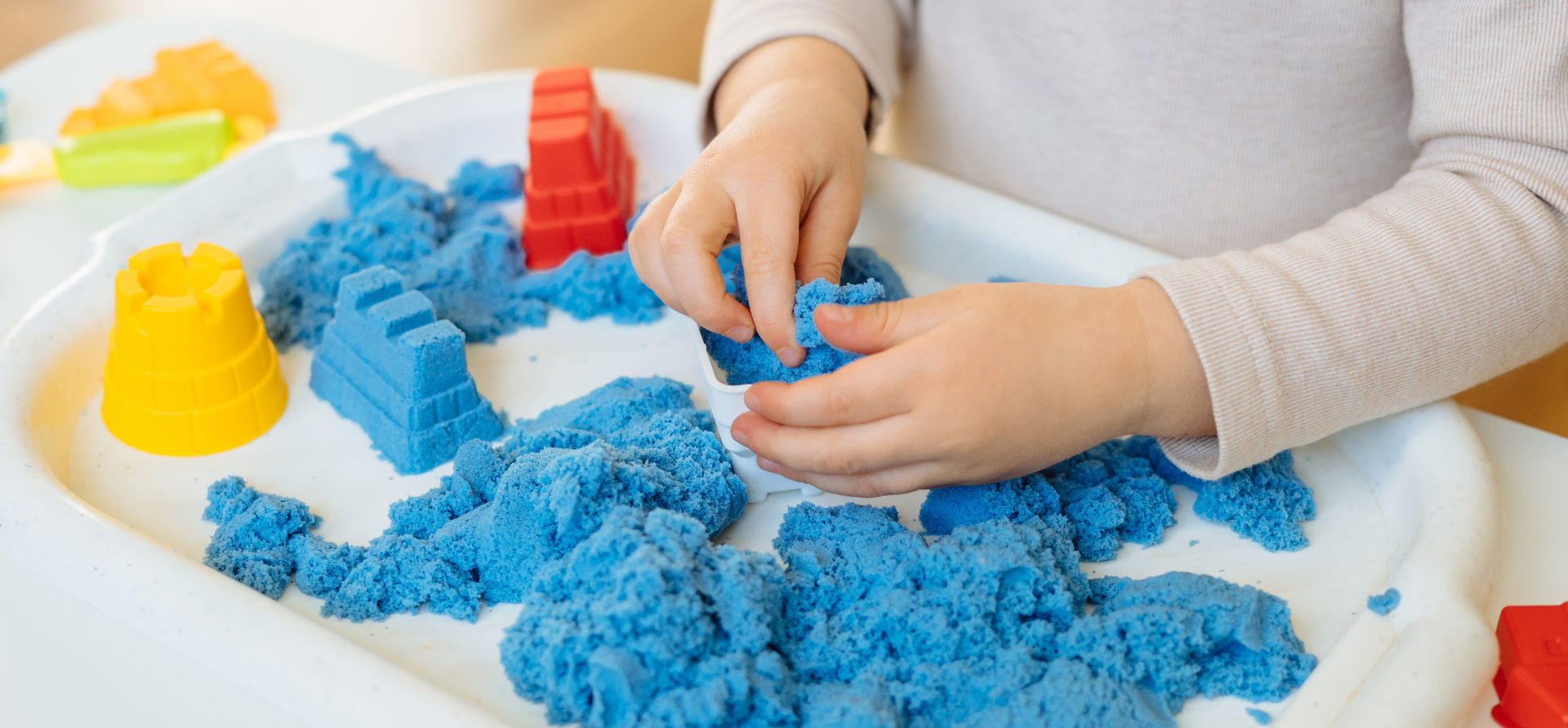
Why Sensory Play Matters
If you’ve got a little one at home—from a curious 6-month-old to a high-energy preschooler—you’ve probably asked yourself:
"How do I keep them busy without screens, mess, or a bunch of prep?"
That’s where sensory play comes in.
Sensory activities don’t have to mean glitter explosions, fancy bins, or Pinterest-level setups. In fact, the best ones are often the simplest—and you can do them with what you already have in your home.
In this blog, you’ll find 5 sensory play ideas that take 5 minutes or less to set up, with minimal cleanup and maximum impact. These activities support your child’s brain development, motor skills, emotional regulation, and independence—all while giving you a moment to breathe.
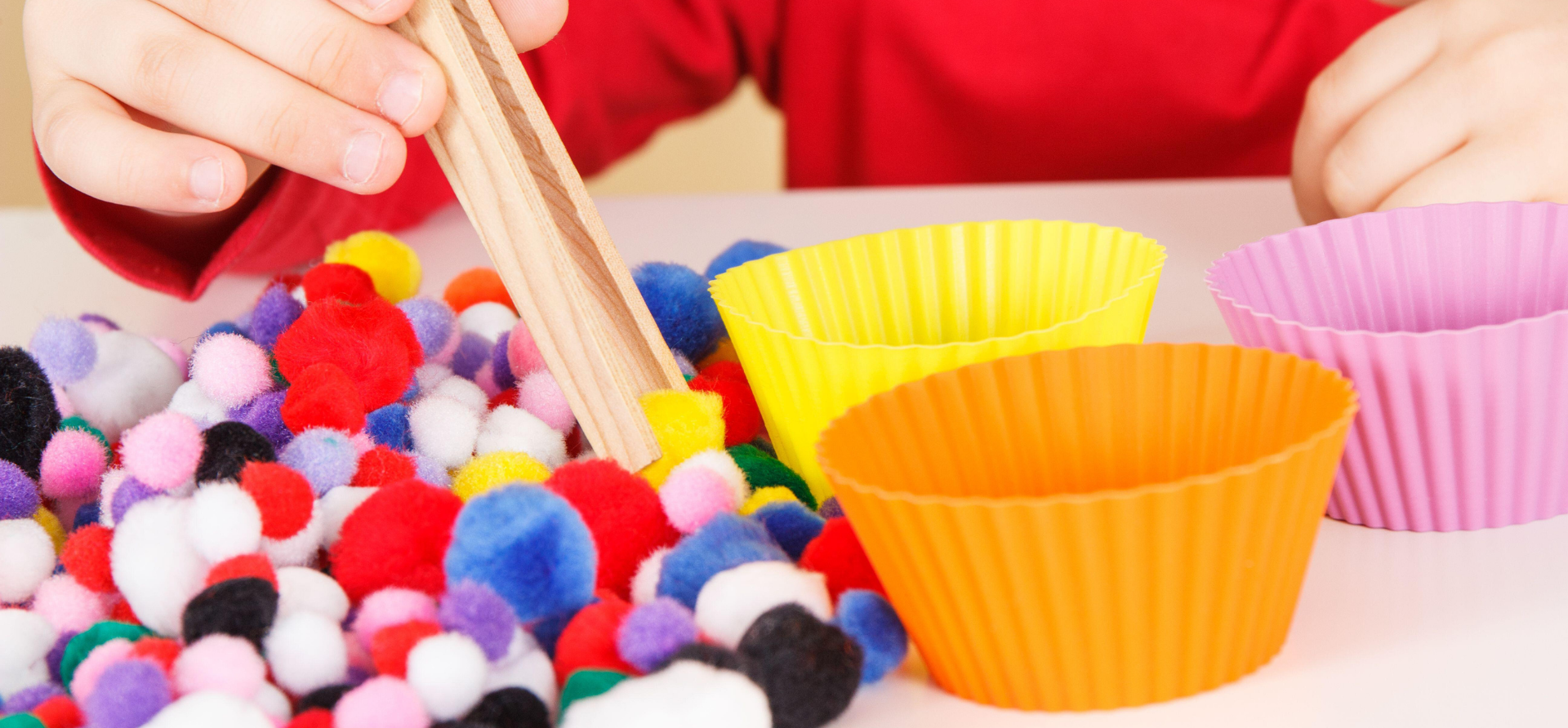
1. Muffin Tin Cotton Ball Drop 🧁
What you’ll need:
- A muffin tin or ice cube tray
- Cotton balls
- Optional: tongs, tweezers, spoon, or even a clothespin
Set-up time: 1 minute
Age range: 12 months to 4 years
How to Play:
Place the cotton balls in a bowl and invite your child to transfer them into the muffin tin cups—using just their fingers for babies, or tongs/spoons for toddlers and up.
You can also call out colors (“Put a cotton ball in the yellow cup!”), practice counting, or play clean-up races.
Why it Works:
This activity strengthens fine motor control, hand-eye coordination, and concentration—all foundational for future writing, dressing, and even feeding skills.
Pro Tip:
Swap cotton balls for pom-poms or add numbers/colors to each muffin slot for an extra learning boost.
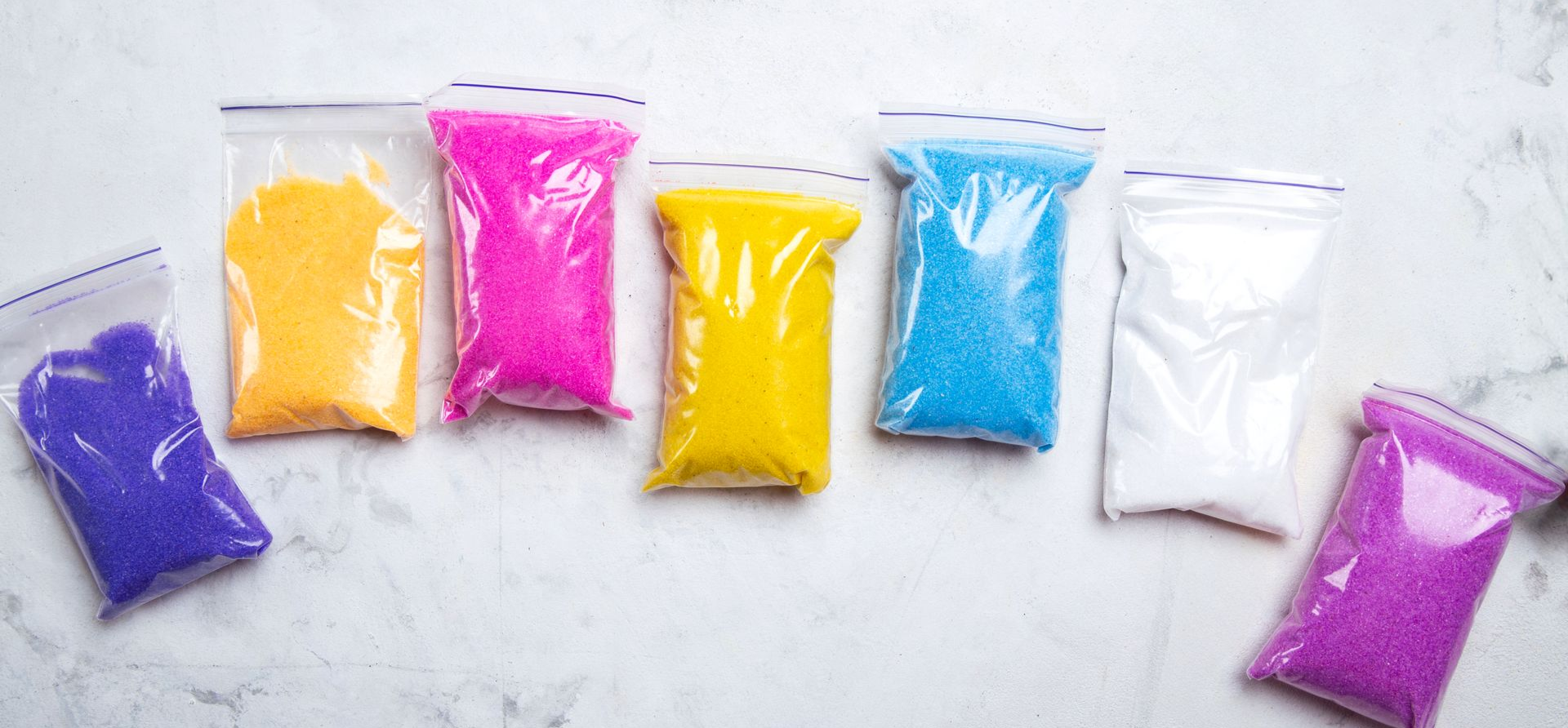
2. Ziplock Paint Smash 🎨
What you’ll need:
- A ziplock bag
- Washable paint (2–3 colors)
- Tape (optional for securing the bag to a table or window)
Set-up time: 3 minutes
Age range: 6 months to 3 years
How to Play:
Add a few drops of washable paint inside a ziplock bag, press out the air, and seal it tightly. Tape it to a table or a window if you’d like. Then let your child press, squish, and drag their fingers across the outside of the bag.
Why it Works:
This activity gives kids a tactile experience without the mess. It builds early visual tracking, fine motor skills, and supports creativity in young brains that learn by doing.
Pro Tip:
Make it a learning moment by saying color names aloud or forming letters and shapes for your child to trace.
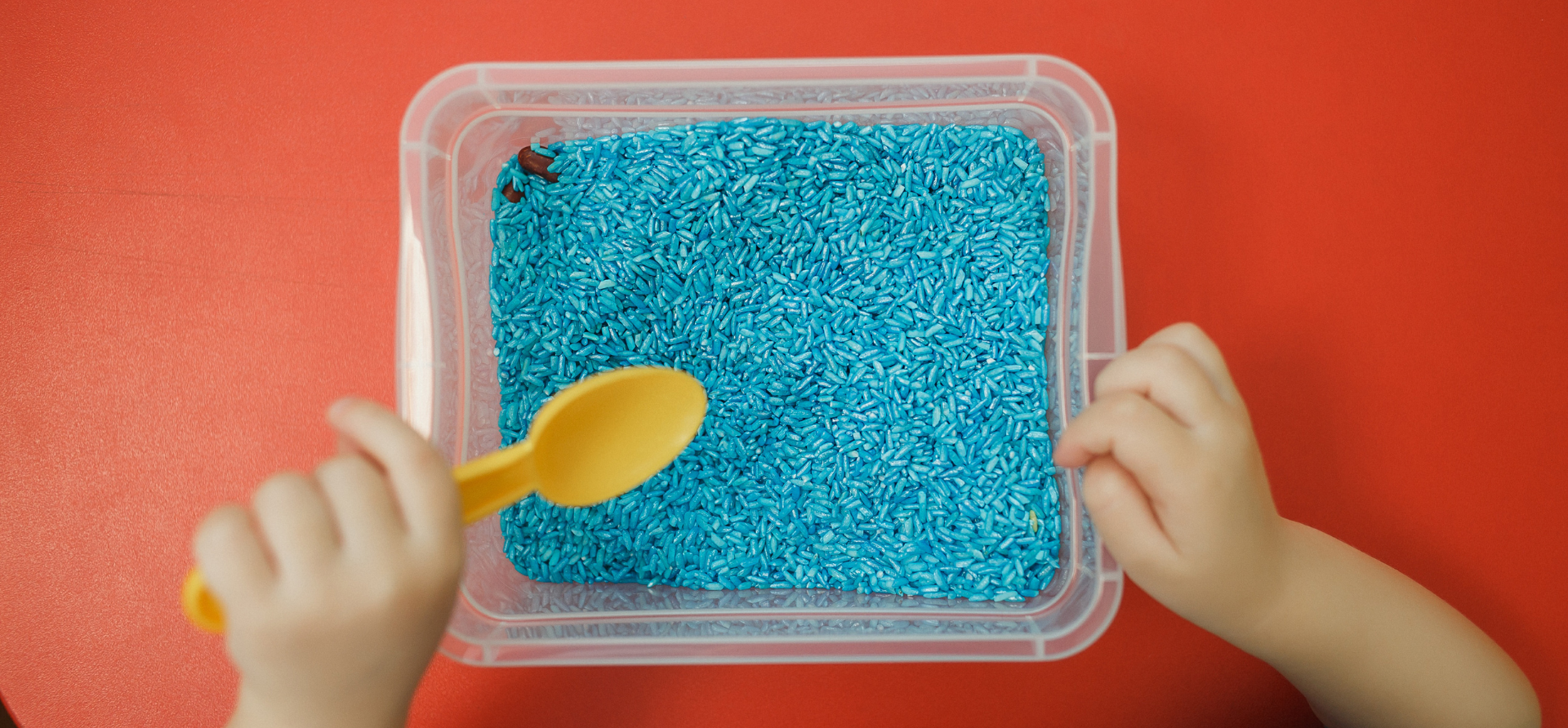
3. Dry Rice Scoop & Pour Station
What you’ll need:
- A bin or large container
- Dry rice (or dry pasta, beans, oats)
- Measuring cups, spoons, funnels, scoops
Set-up time: 4 minutes
Age range: 18 months to 5 years
How to Play:
Pour dry rice into a shallow bin and let your child explore it with cups, spoons, or any small containers. You can add toys, small figures, or even a muffin tin for sorting.
Why it Works:
Scooping and pouring builds practical life skills, strengthens hand control, and teaches concepts like full/empty, cause/effect, and volume—all through open-ended, calming play.
Pro Tip:
If cleanup is a concern, lay down a blanket or take it outside. This makes a great activity while you’re cooking or folding laundry nearby.
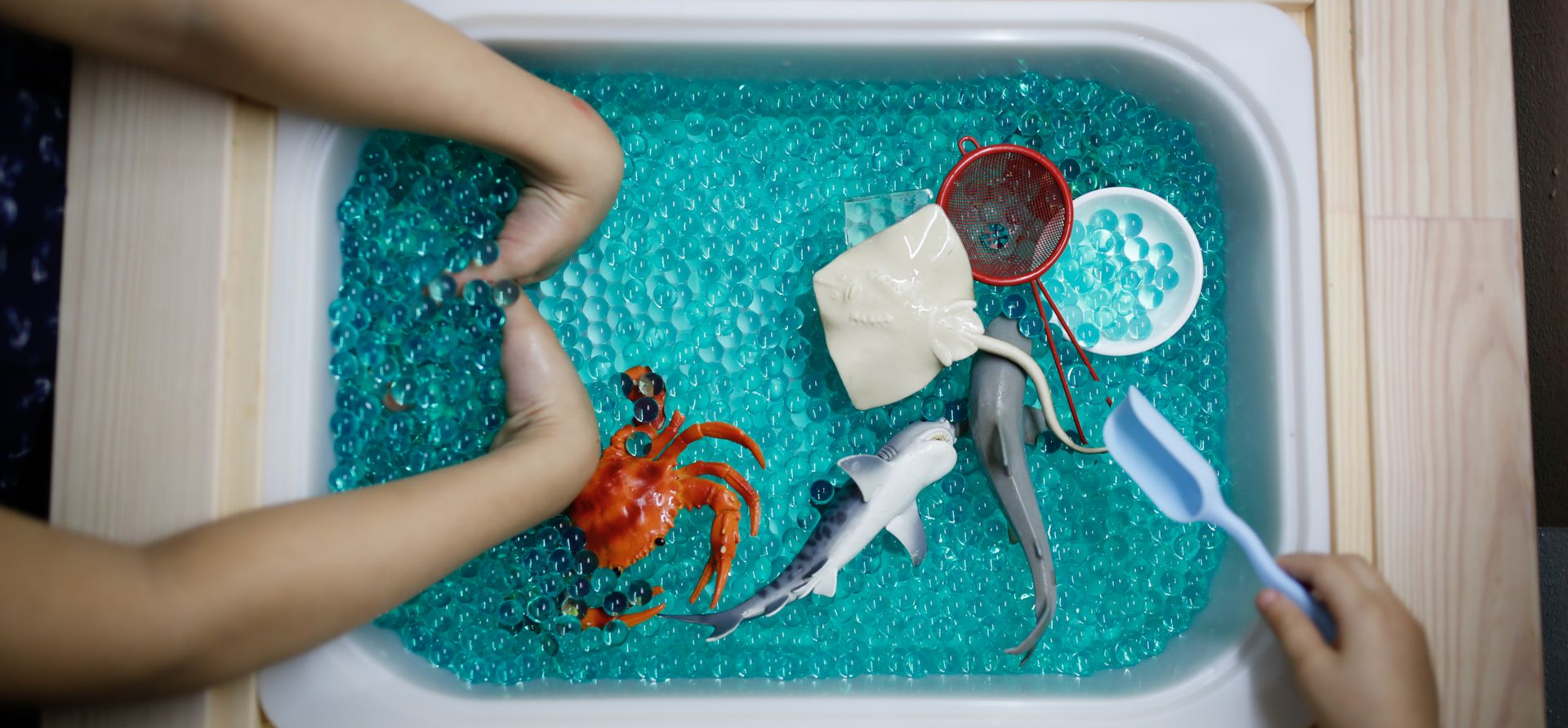
4. Water + Bubble Bin
What you’ll need:
- A shallow bin, bowl, or kitchen sink
- Warm water
- A drop of dish soap
- Optional: sponge, cup, whisk, toy animals
Set-up time: 3 minutes
Age range: 1 to 5 years
How to Play:
Add a little dish soap to warm water and mix until sudsy. Give your child a few kitchen tools or toys and let them “wash,” whisk, or pour.
Why it Works:
Water play is naturally soothing, and the resistance from the water builds muscle strength, focus, and coordination.
It also mimics real-life tasks like dishwashing or bath time—making it perfect for practical life learning.
Pro Tip:
Add food coloring or use a strainer and ladle to mix it up for older toddlers and preschoolers.

5. Muffin Tin Sound Game
What you’ll need:
- Muffin tin
- Small items that make noise (beans, pasta, coins, cotton balls, paper clips, etc.)
- Foil, paper, or fabric to cover the cups
Set-up time: 4 minutes
Age range: 2 to 5 years
How to Play:
Place a different item in each muffin cup and cover them with foil or fabric. Let your child shake, tap, or lift to guess what's inside based on sound or feel.
Why it Works:
This activity builds listening skills, sound discrimination, and memory recall—key for early language and cognitive development.
Pro Tip:
For younger children, remove the “guessing” and just let them explore the sounds. For older preschoolers, turn it into a mini game show!

Why These Activities Matter (Even If They Seem Simple)
Many parents wonder if sensory play is just about keeping kids busy. The truth? These activities support some of the most important areas of early development:
- Language growth through labeling sensations and experiences
- Motor skills for writing, feeding, and dressing
- Emotional regulation by offering calm, focused activities
- Brain development through cause-effect learning and problem solving
- Independence by giving children low-stress tasks they can do on their own
And perhaps most importantly:
You don’t need expensive supplies, tons of space, or hours of prep to give your child a rich, engaging day.
Sensory Play by Age: Quick Guide
| Age | What to Focus On | Try These |
|---|---|---|
| Infants (6–12 mo) | Tummy-time textures, squishy bags, soft sounds | Ziplock paint smash, bubble bin (supervised) |
| Toddlers (1–3 yrs) | Pouring, sorting, scooping, labeling emotions | Cotton ball drops, water play, rice scoop |
| Preschoolers (3–5 yrs) | Imagination, self-help skills, focus, storytelling | Sound guessing games, themed sensory bins, fine motor tasks |
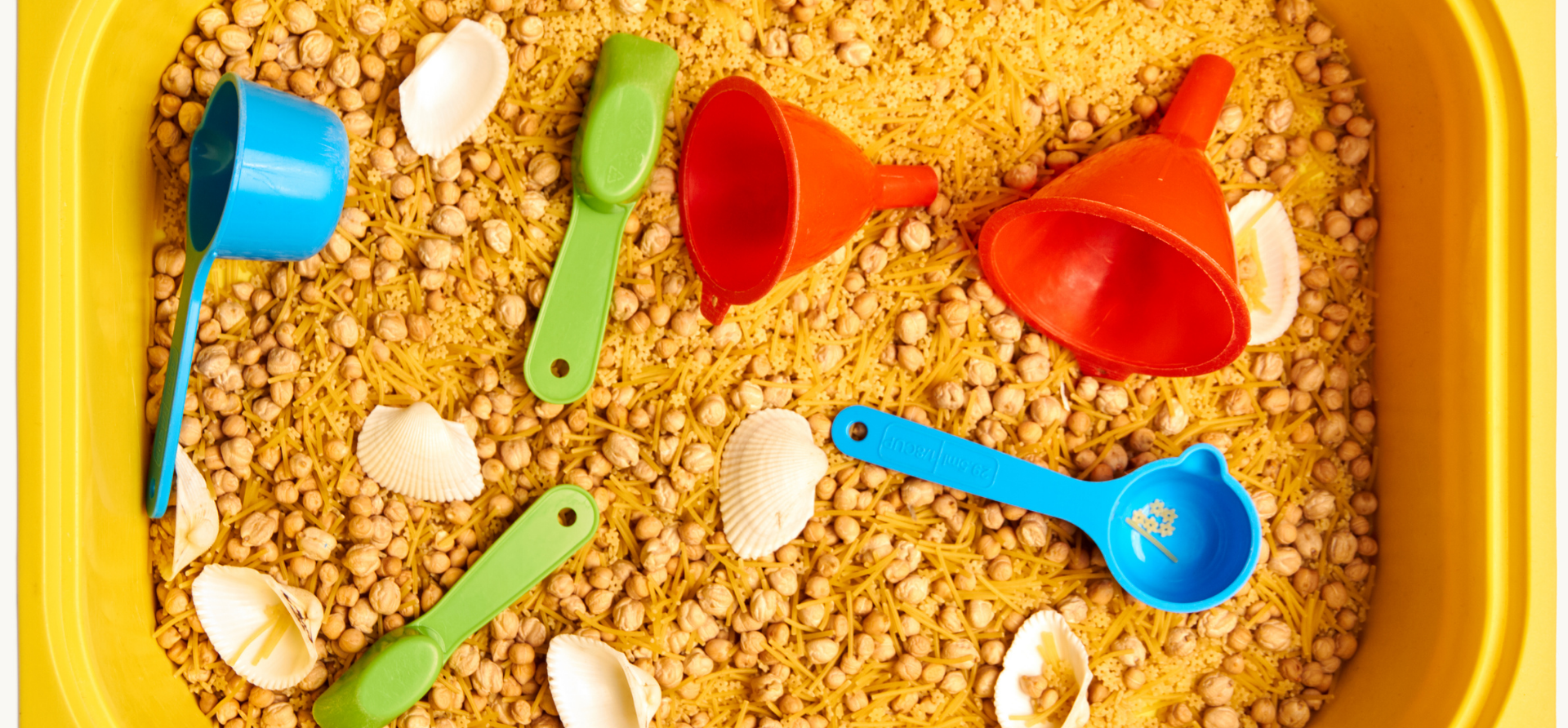
Final Thoughts: Keep It Simple, Keep It Consistent
You don’t need to be a Pinterest parent.
You just need a few simple tools, 5 minutes of setup, and the willingness to let your child explore.
The best part?
These activities buy you moments of peace—while giving your child everything they need to grow, feel safe, and have fun.
Whether you’re a stay-at-home parent, a full-time working parent, or somewhere in between, sensory play can be part of your routine—and it doesn’t have to be stressful.
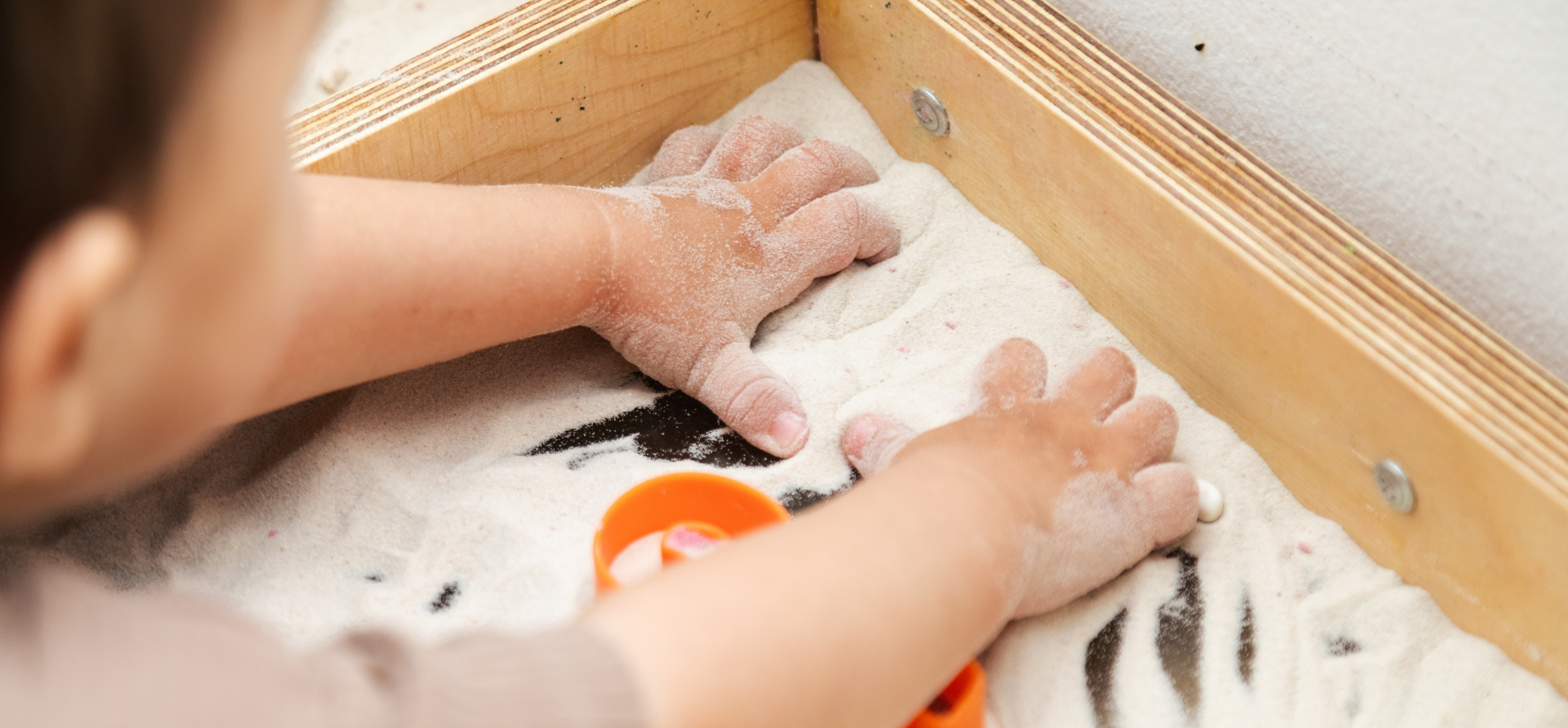
Bonus: Want More Tips Like This?
We support parents just like you with practical tools, child development resources, and programs that help your child thrive from infant care to preschool.
Looking for care you can trust?
Schedule a FREE Tour Today!



